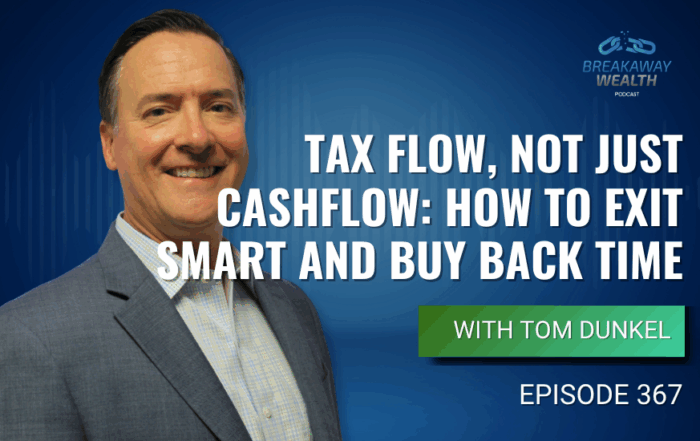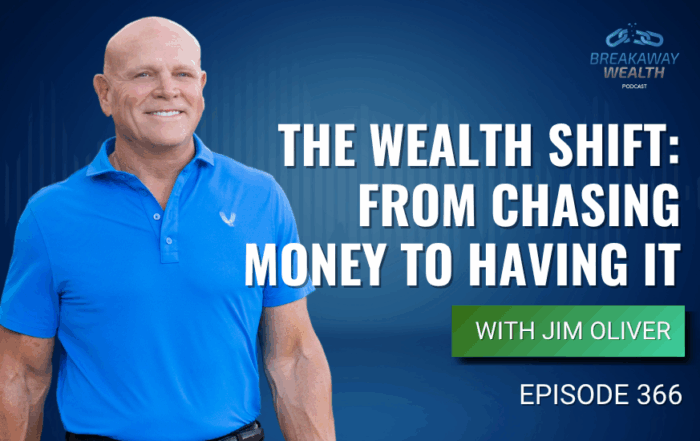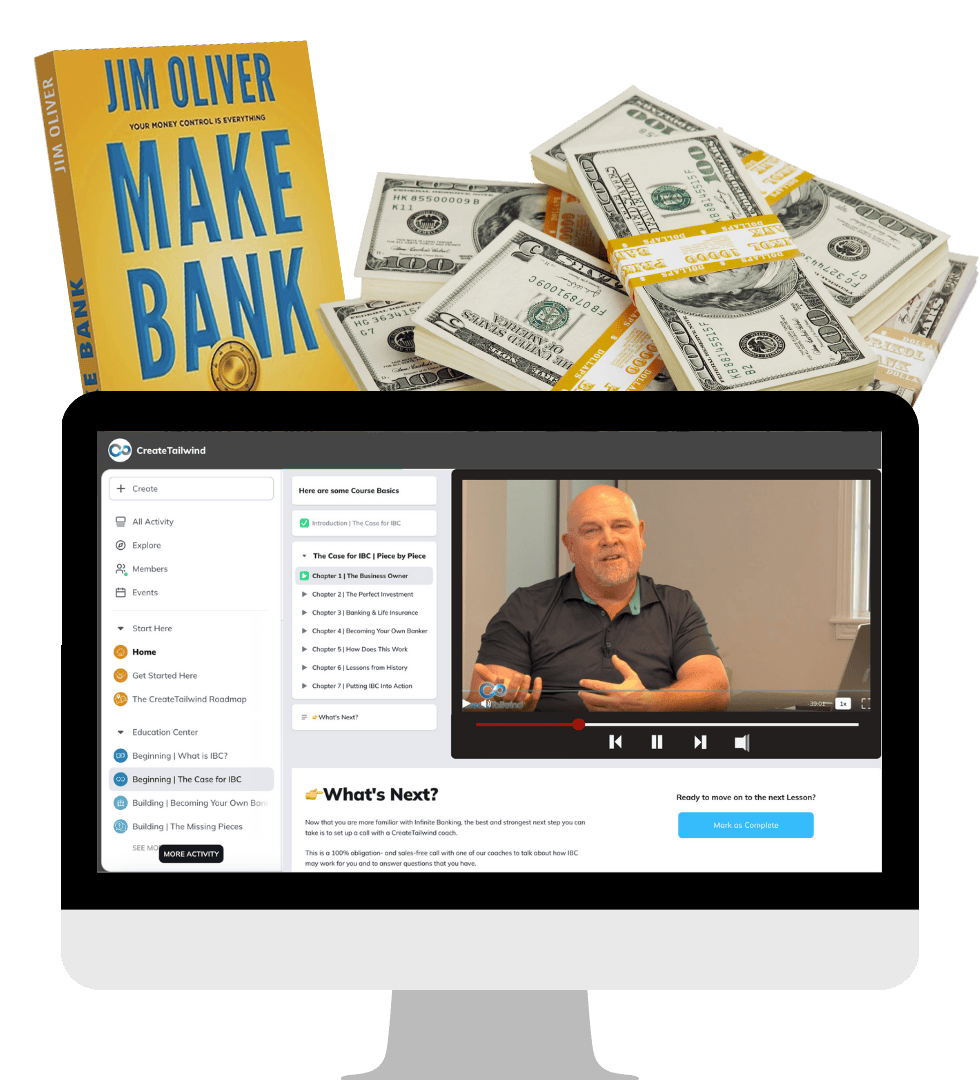In an era where inflation remains a persistent challenge, investors are continually seeking strategies to safeguard and grow their wealth. Real estate, often hailed as a reliable asset class, stands out as a prime target for such investments. However, conventional wisdom surrounding real estate investment is being challenged by innovative approaches, including the use of infinite banking.
The Traditional Real Estate Investment Model
Traditionally, real estate investment involves purchasing property with a combination of personal savings and bank financing. This model, while straightforward, carries inherent limitations, particularly in its dependency on external financing and the rigidities of loan structures.
Infinite Banking: A Paradigm Shift
Infinite banking, a concept rooted in utilizing life insurance policies for financial management, offers a novel approach to real estate investment. By borrowing against a life insurance policy, investors can potentially unlock more efficient, flexible financing options. This method challenges the age-old adage of ‘cash is king’ in real estate transactions.
Case Study: A Real-Life Application
Consider a scenario where an investor aims to purchase a $200,000 property. The traditional route would involve a bank mortgage covering 80% of the property value, with the remainder funded by the investor’s cash. This approach, while common, overlooks the potential benefits of integrating a life insurance policy into the investment strategy.
The Mathematics of Infinite Banking in Real Estate
When the investor opts to include a life insurance policy in the financing mix, the dynamics change significantly. For example, taking a $40,000 loan from the policy at an 8% interest rate might appear counterintuitive initially. However, the actual calculations reveal an astonishing increase in the rate of return, from a modest 24.88% to an impressive 105%. This increase is primarily attributed to the concept of using ‘Other People’s Money’ (OPM) efficiently.
Understanding the OPM Effect
The principle of OPM is central to the success of this strategy. By borrowing at 8% to invest in an asset yielding 24.88%, the investor leverages the disparity between the borrowing cost and the investment return. This leverage is what propels the overall return to the 105% mark, a figure that might initially seem too good to be true but is firmly grounded in financial mathematics.
Risk vs. Reward: A Balanced Perspective
While the numbers are compelling, it’s crucial to maintain a balanced view. Borrowing at a higher rate like 8% is only beneficial if the investment’s return rate significantly exceeds the borrowing cost. This strategy might not be suitable for lower-yield investments or for investors with a lower risk tolerance.
A New Frontier in Real Estate Investing
The integration of infinite banking into real estate investment represents a significant shift from traditional financing methods. By leveraging life insurance policies as a financing tool, investors can potentially achieve higher returns on their investments. However, like any investment strategy, it requires careful consideration of the risks, rewards, and personal financial circumstances. For those willing to explore beyond conventional boundaries, infinite banking offers an intriguing pathway to maximizing real estate returns.







